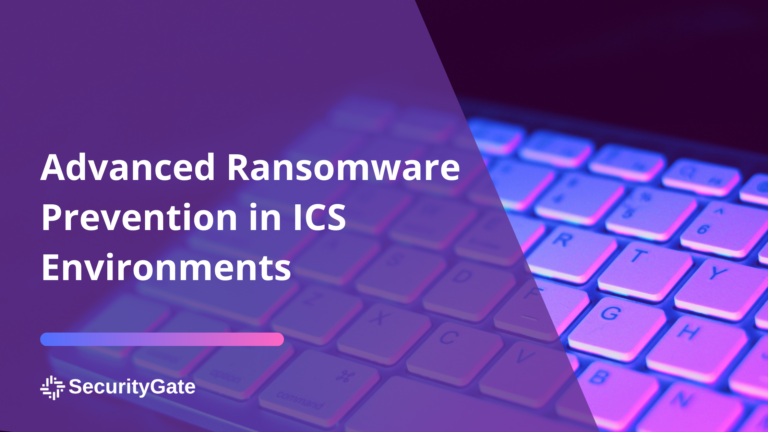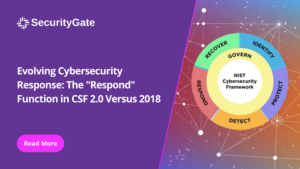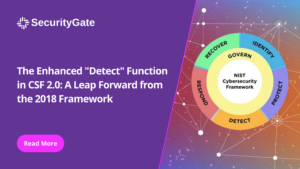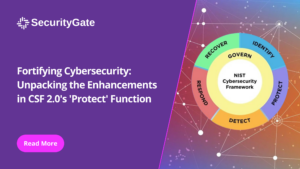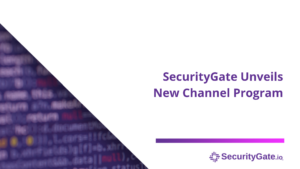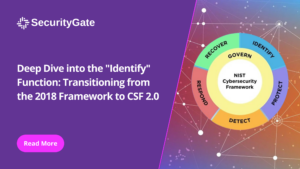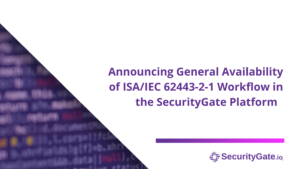Industrial control systems (ICS) that operate critical infrastructure are high-value targets for ransomware adversaries. Old SCADA (supervisory control and data acquisition) devices, PLCs (Programmable Logic Controllers), DCS (Distributed Control Systems), and other ICS components in critical infrastructure lack security controls and are vulnerable to attacks. Mitigating ransomware risks in ICS environments requires a multi-layered strategy given their unique availability and safety requirements.
Network Security & Segmentation
Achieving effective network segmentation is crucial but can be challenging with OT. Rather than flat, open networks, logically separate ICS processes into zones with DMZs, firewalls, and ACLs.
Monitor zone traffic flows to detect anomalies. Disable unused physical ports. Where possible, implement unidirectional gateways rather than bidirectional connections between zones. Network intrusion detection and prevention systems tailored to ICS protocols can detect malware communications.
Access Controls & Authentication
Enforce multi-factor authentication and the least privilege permissions for ICS access. Audit accounts and privileges regularly for all human operators and automated processes. For legacy devices lacking authentication capabilities, consider adding secondary physical access controls and logging. Monitor account usage for abnormal patterns indicative of credential compromise.
Asset Inventory & Vulnerability Management
Incomplete OT asset inventories and the prevalence of unpatched vulnerabilities are among the highest ICS ransomware risks. Maintain a continuously updated inventory of all hardware and software assets across IT and OT.
Assess known vulnerabilities and prioritize patching based on exploitability and ICS environment criticality. To reduce the risk of vulnerabilities in ICS components, it is important to stay updated with vendor reports and CVEs. You should compare these reports with your asset lists.
Regular scanning may not be possible, but this approach can help mitigate the lack of scanning. If you cannot patch, assess the risk, and implement compensating controls once you reach your predetermined risk threshold.
Threat Detection & Incident Response
Detecting ICS-targeted ransomware requires blending traditional signature-based antivirus with behavior analysis tuned to OT environments. Asset owners should develop a rigorous ICS-specific incident response plan involving both IT and OT staff. Response playbooks must account for unique ICS impacts—worker safety, loss of view, and process crashes.
Practice restoring systems from backups across various attack scenarios. Regularly testing backups is incredibly important.
Due to the increasing ICS ransomware threats, asset owners should prioritize implementing advanced security measures, despite operational and cost limitations. Failing to address ransomware vulnerabilities today could have sizable physical, economic, and reputational consequences in the future.
